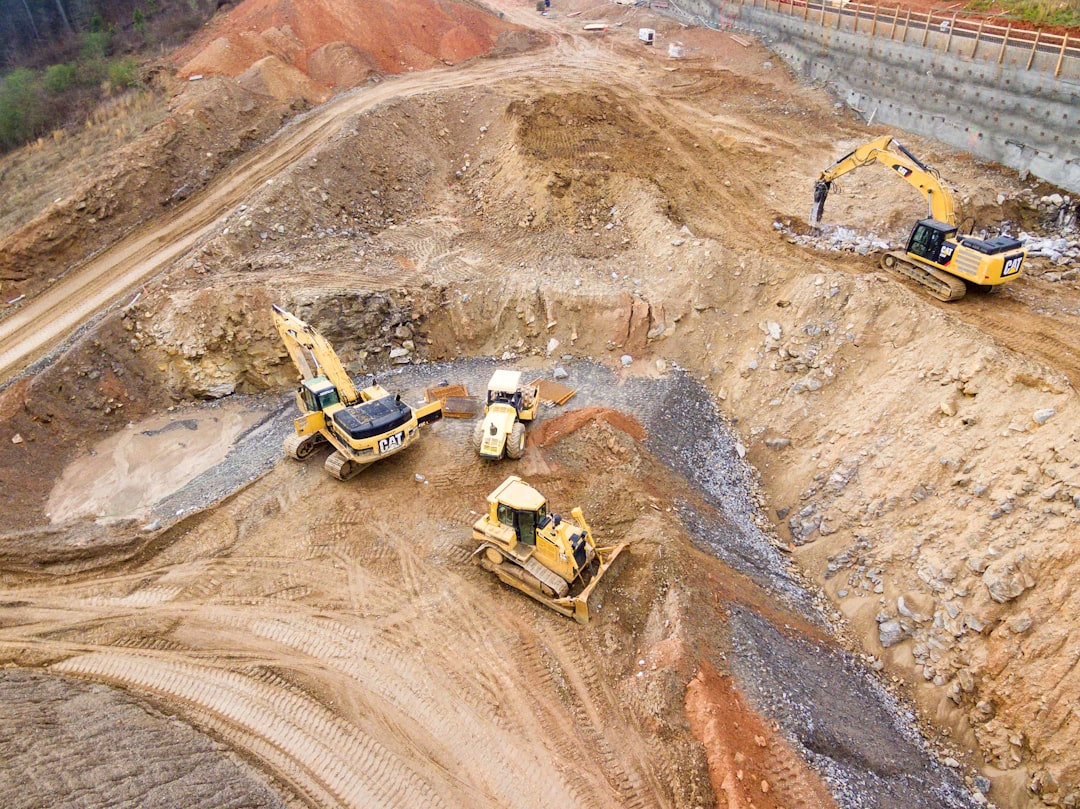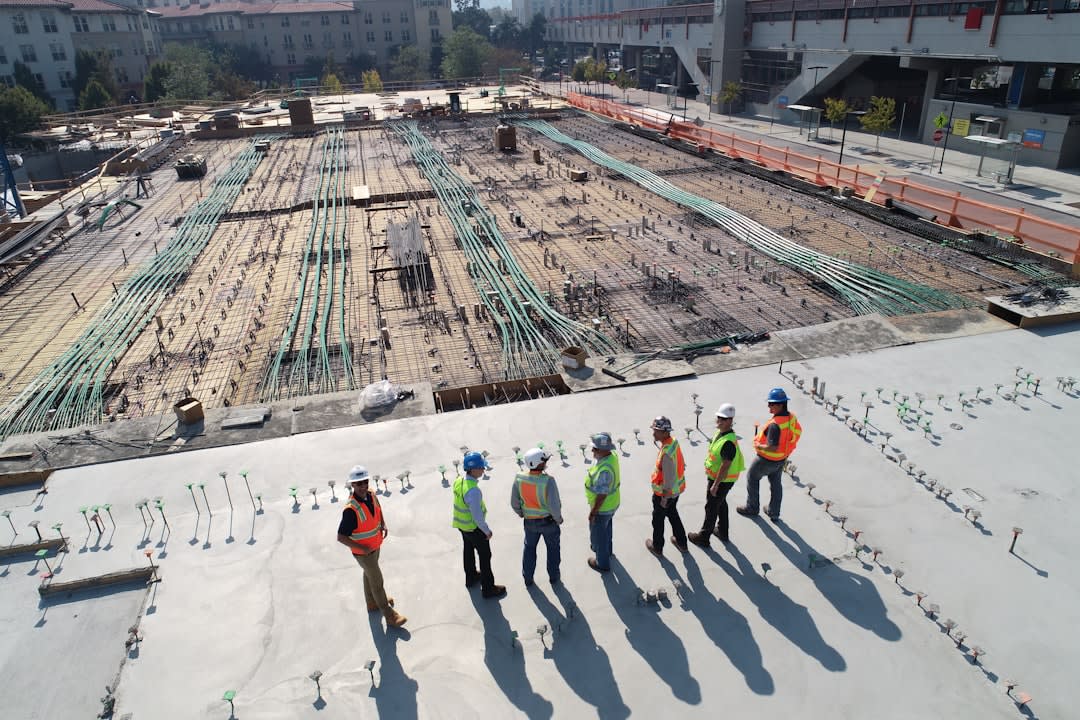Home » Preventing fibre cuts by civil construction works proactively
Preventing fibre cuts by civil construction works proactively
Table of Contents
In today’s rapidly evolving digital landscape, the importance of fiber network protection cannot be overstated, especially for telecommunications companies aiming to maintain seamless connectivity. As fiber network operators, safeguarding against potential damages caused by third party civil work is crucial to ensuring the reliability and longevity of your infrastructure. This handbook will delve into strategies for preventing network damages and enhancing telecommunications network security through proactive asset management. With expert insights and actionable advice, this guide aims to equip you with the necessary tools to protect your network assets with confidence and authority.
Understanding the Risks
Identifying Vulnerable Network Areas
Identifying vulnerable network areas is a critical first step in fiber network protection. Telecommunications companies must assess their infrastructure to pinpoint sections susceptible to third party civil work activities. Key locations include high-traffic urban centers, intersections, and construction zones where excavation is frequent. Furthermore, areas near roadways and commercial developments are particularly at risk. Implementing a comprehensive monitoring system can help track and assess these vulnerable spots. Utilizing technologies like Geographic Information Systems (GIS) and network mapping tools provides a visual representation of at-risk areas. These tools aid in proactive asset management by forecasting potential threats and planning preventative measures. As networks expand with technologies like 5G, maintaining an updated inventory of high-risk areas is essential. By recognizing these zones, fiber network operators can effectively prevent network damages and enhance telecommunications network security.

Impact of Third Party Civil Work
Third party civil work poses a significant threat to telecommunications network security. Construction activities often lead to accidental fiber cuts, causing service disruptions that can impact thousands of users. Such incidents are not only costly in terms of repair but also result in indirect expenses, such as traffic disruptions and loss of business opportunities. A single damaged facility can incur hundreds of thousands of dollars in costs and take weeks to repair, as seen in past excavation accidents. The repercussions extend beyond financial losses; essential services like 911 emergency calls, schools, and even justice systems can be severely disrupted. The growing complexity of fiber networks, especially with ongoing 5G deployments, exacerbates these risks. Understanding the scope and potential impact of third party civil work is essential for fiber network operators. By doing so, operators can implement strategic measures to prevent network damages and safeguard their assets proactively.

Strategies for Fiber Network Protection
Implementing Proactive Asset Management
Implementing proactive asset management is vital for mitigating the risks associated with third party civil work. A robust asset management strategy involves regular monitoring, maintenance, and collaboration with local authorities and construction firms. By engaging in partnerships with One Call centers and participating in “Call Before You Dig” campaigns, telecommunications companies can significantly reduce the likelihood of accidental fiber cuts. Utilizing advanced damage prevention software aids in tracking excavation activities and foreseeing potential threats to the network. Moreover, deploying real-time monitoring solutions allows for swift responses to any incidents, minimizing downtime and repair costs. Regular training for field support teams ensures they are prepared to handle emergencies effectively. Additionally, customizing asset management plans to address the specific needs of different network areas enhances overall telecommunications network security. Through these proactive measures, fiber network operators can prevent network damages and secure their infrastructure against unforeseen disruptions.
Best Practices for Preventing Network Damages
Adopting best practices for preventing network damages is crucial for fiber network operators aiming to protect their infrastructure. One effective strategy is maintaining open lines of communication with all stakeholders, including construction companies, local government, and utility providers. Establishing clear protocols for notification before beginning any excavation work can prevent accidental fiber cuts. Additionally, investing in advanced mapping technologies and maintaining an updated database of underground assets ensures accurate location and reduces the risk of damage. Regular site inspections and audits help identify potential vulnerabilities and allow for timely interventions. Implementing a comprehensive damage prevention program, including community awareness campaigns, can further enhance telecommunications network security. Training personnel to recognize and address threats quickly is another critical component. By following these best practices, operators can effectively prevent network damages caused by third party civil work and ensure the longevity and reliability of their fiber networks.

Enhancing Telecommunications Network Security
Collaborating with Civil Work Contractors
Collaborating with civil work contractors is essential for enhancing telecommunications network security. Establishing a strong partnership with these stakeholders can significantly reduce the risk of accidental damage to fiber networks. Regularly engaging contractors through meetings and workshops fosters mutual understanding and awareness about the importance of protecting network assets. Implementing shared planning sessions before undertaking civil work ensures that all parties are aware of the fiber infrastructure and can plan accordingly to avoid disruptions. Providing contractors with detailed maps and access to network information helps them make informed decisions during construction. Additionally, involving contractors in “Call Before You Dig” campaigns increases their commitment to preventing network damages. Encouraging open communication channels for real-time updates and feedback creates a collaborative environment conducive to proactive asset management. By working closely with civil work contractors, fiber network operators can ensure their infrastructure remains secure and robust against potential third party civil work impacts.

Leveraging Technology for Asset Security
Leveraging technology is pivotal in advancing asset security within telecommunications networks. Cutting-edge tools such as Geographic Information Systems (GIS) and fiber network management software enable operators to map, monitor, and manage their infrastructure effectively. These technologies provide real-time insights into network status and potential threats, facilitating timely interventions. Integrating Internet of Things (IoT) devices can further enhance monitoring capabilities by providing continuous data on environmental conditions and network performance. By utilizing predictive analytics, operators can anticipate potential disruptions and implement preventative measures. Automation tools streamline maintenance schedules and ensure rapid response to any detected anomalies. Additionally, cloud-based platforms offer secure data storage and easy access to critical network information, making it easier for teams to collaborate and respond to challenges. Adopting these technologies not only strengthens telecommunications network security but also enhances overall operational efficiency, enabling fiber network operators to safeguard their assets against third party civil work more effectively.

